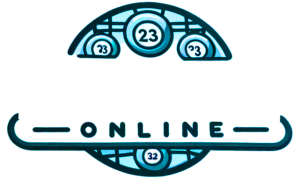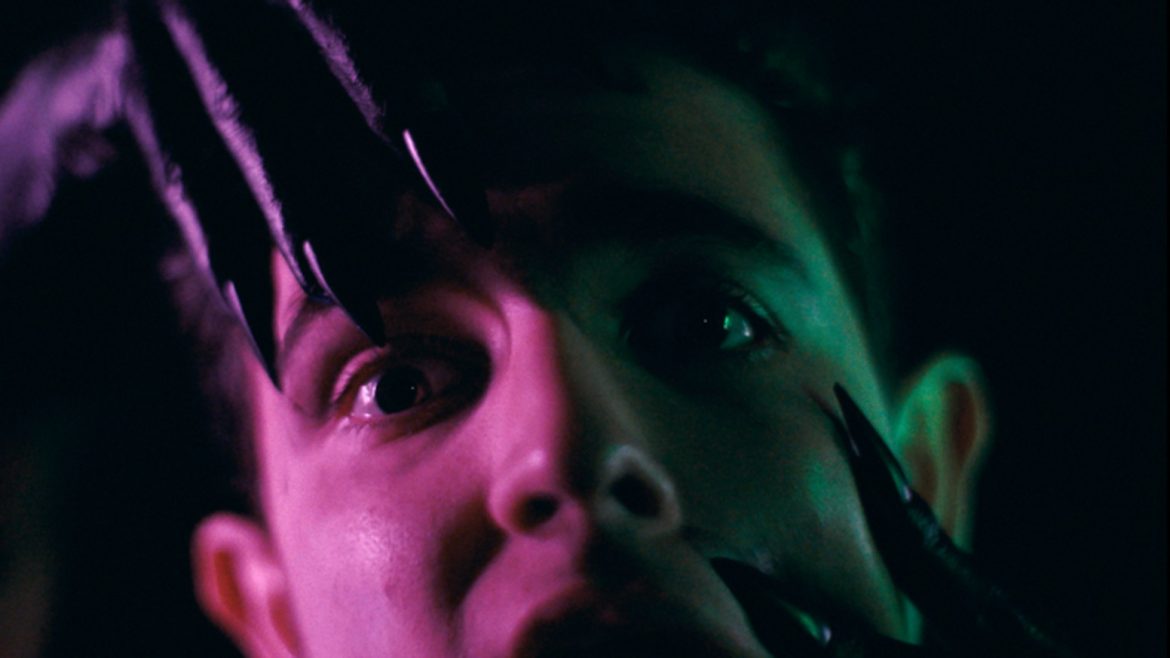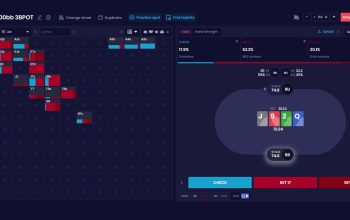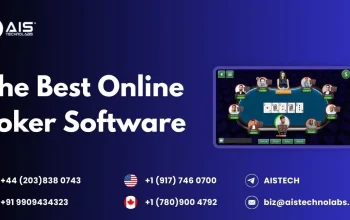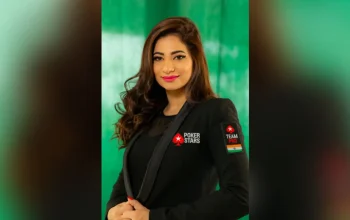You know that moment in poker when your opponent’s left eyelid twitches just as they glance at their cards? Or when someone leans back a little too casually after placing a big bet? Those tiny, almost invisible cues—poker tells and micro-expressions—can reveal more than any bluff ever could. Let’s dive into the psychology behind these silent giveaways.
What Are Poker Tells and Micro-Expressions?
Poker tells are unconscious behaviors—physical or verbal—that leak information about a player’s hand. Micro-expressions, on the other hand, are fleeting facial expressions lasting less than half a second. Both are rooted in our brain’s inability to fully suppress emotional reactions. Think of them as emotional Morse code.
The Science Behind the Tells
Our brains are wired to react before we can consciously control it. The amygdala (the emotional center) fires faster than the prefrontal cortex (the rational planner). So when a player gets a monster hand, their pupils might dilate—or they might overcompensate by forcing a frown. Either way, the body betrays the mind.
Common Poker Tells (And What They Mean)
Not all tells are universal, but some patterns pop up again and again. Here’s a quick breakdown:
- The Stare-Down: Overly prolonged eye contact often means weakness—they’re trying too hard to sell a bluff.
- Hand Tremors: Shaky fingers? Adrenaline’s kicking in. Could be a strong hand or a nervous bluff.
- Chip Glance: Players who peek at their chips after seeing their cards? They’re calculating a bet—usually a sign of strength.
- Sudden Stillness: Freezing up can mean they’ve just hit the nuts. The brain’s too busy celebrating to remember to act natural.
Micro-Expressions: The Face’s Poker Leaks
Paul Ekman, the godfather of micro-expression research, identified seven universal emotions: anger, contempt, disgust, fear, happiness, sadness, and surprise. In poker, the big three are:
| Expression | What It Might Mean |
| Lip corner twitch (suppressed smile) | Strong hand—they’re hiding excitement |
| Nostril flare (brief) | Fear or tension—often during a bluff |
| Eyebrow raise (subtle) | Surprise—maybe they didn’t expect that card |
How to Spot (And Hide) Your Own Tells
Here’s the deal: everyone has tells. Even pros. The key is minimizing yours while decoding others’. Try these tactics:
- Consistent Timing: Use a metronome app to standardize your betting pauses. No rushed calls or delayed folds.
- The Sunglasses Myth: Hiding your eyes won’t help if your fingers tap Morse code on the table. Focus on full-body awareness.
- Reverse Psychology: Some players fake tells to mislead. That exaggerated sigh? Might be theater.
The “Poker Face” Fallacy
A true poker face isn’t about being expressionless—it’s about being consistent. Daniel Negreanu smiles whether he’s bluffing or holding a flush. The goal? Make your baseline behavior unreadable.
Psychology Beyond the Table
Poker tells aren’t just for cards. They’re rooted in evolutionary biology—our ancestors relied on reading threats and allies to survive. Today, these skills apply to negotiations, job interviews, even first dates. Spotting a micro-expression is like catching a ghost of truth in a room full of mirrors.
That said… don’t overthink it. Sometimes a twitch is just a twitch.
